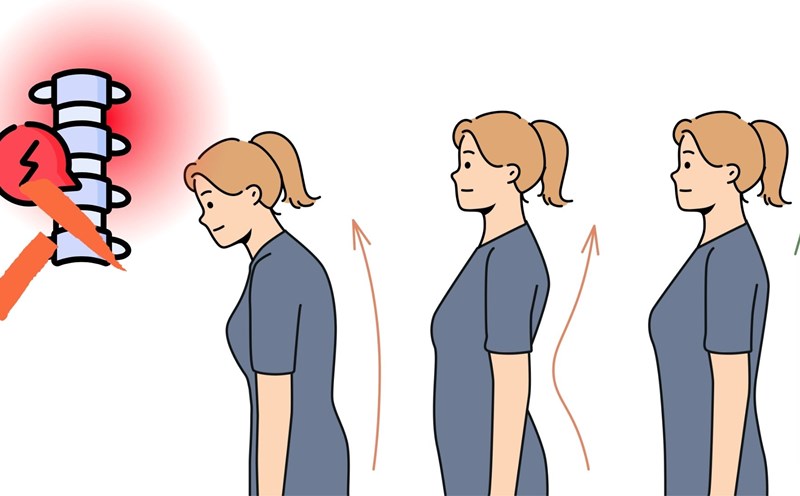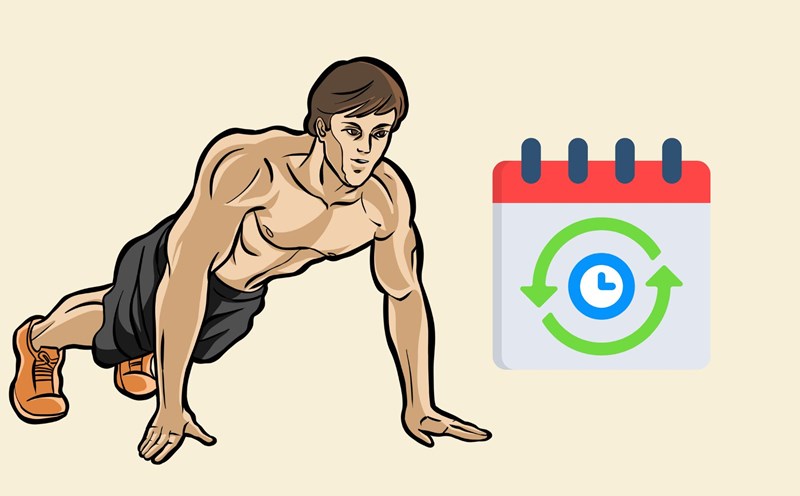Mistakes in push-ups and the risk of harm
Push-ups are considered one of the simplest exercises, just lowering and lifting. However, that simplicity hides a common mistake of practitioners often letting their hips down. When the body loses its regularity, the movement no longer works the major muscle groups, and puts pressure on the lower back. This can reduce the effectiveness of exercise and increase the risk of injury.
Dr. Stuart McGill, a spinal Mechanical expert at the University of Waterloo ( Canada), emphasizes: The core of the body plays a role as a bridge connecting the upper and lower body. When the core muscles are not tightened, the push-up position will collapse and put dangerous pressure on the spine".
Research published in the International Journal of Sports Physiotherapy also shows that core endurance plays a decisive role in maintaining spinal stability and the effectiveness of push-ups.
Solution: Strengthen your core and adjust your posture
To overcome hamstring problems, practitioners need to tighten the glutes and abdominal muscles, keeping the body in a straight line from head to heels. Some supportive exercises such as plank or Superman Hold help train strength and body control.
High Plank is an ideal exercise to focus on posture. When holding this position for 30 - 60 seconds, the practitioner will learn to maintain the hips at shoulder level and the back straight. Once you are proficient, you can try raising your arms or touching your shoulders to increase the challenge.
Meanwhile, the Superman Hold, lying on your stomach, raises your arms, chest and legs off the floor, helps activate your back and glutes. According to coach Megan Roup, founder of The Sculpt Society (USA): Just a few sets of Superman Hold per week will strengthen your lower back and improve your push-ups significantly.
Training program for beginners
If not used to it, beginners can apply side-push resistance. This is an easier variation, helping to reduce pressure and focus on the technique of keeping the body straight. Practitioners can start pushing against the wall, then switch to a sturdy table or chair before going to the floor.
This gradual approach not only builds strength but also forms muscle memory. When the body is used to keeping people straight, performing standard push-ups will become lighter and safer.
According to fitness trainer Brett Bartholomew (USA): "Newcomers should consider technique above strength. If you practice the correct position from the start, the results will be better and the risk of injury will be significantly reduced".
Push-ups, if done correctly, are a comprehensive exercise tool, strengthening the chest, shoulder, arms and especially the core muscles. By avoiding hamstring mistakes, tightening the torso and practicing persistently, the practitioner can achieve optimal results, while protecting the spine and improving the body.









